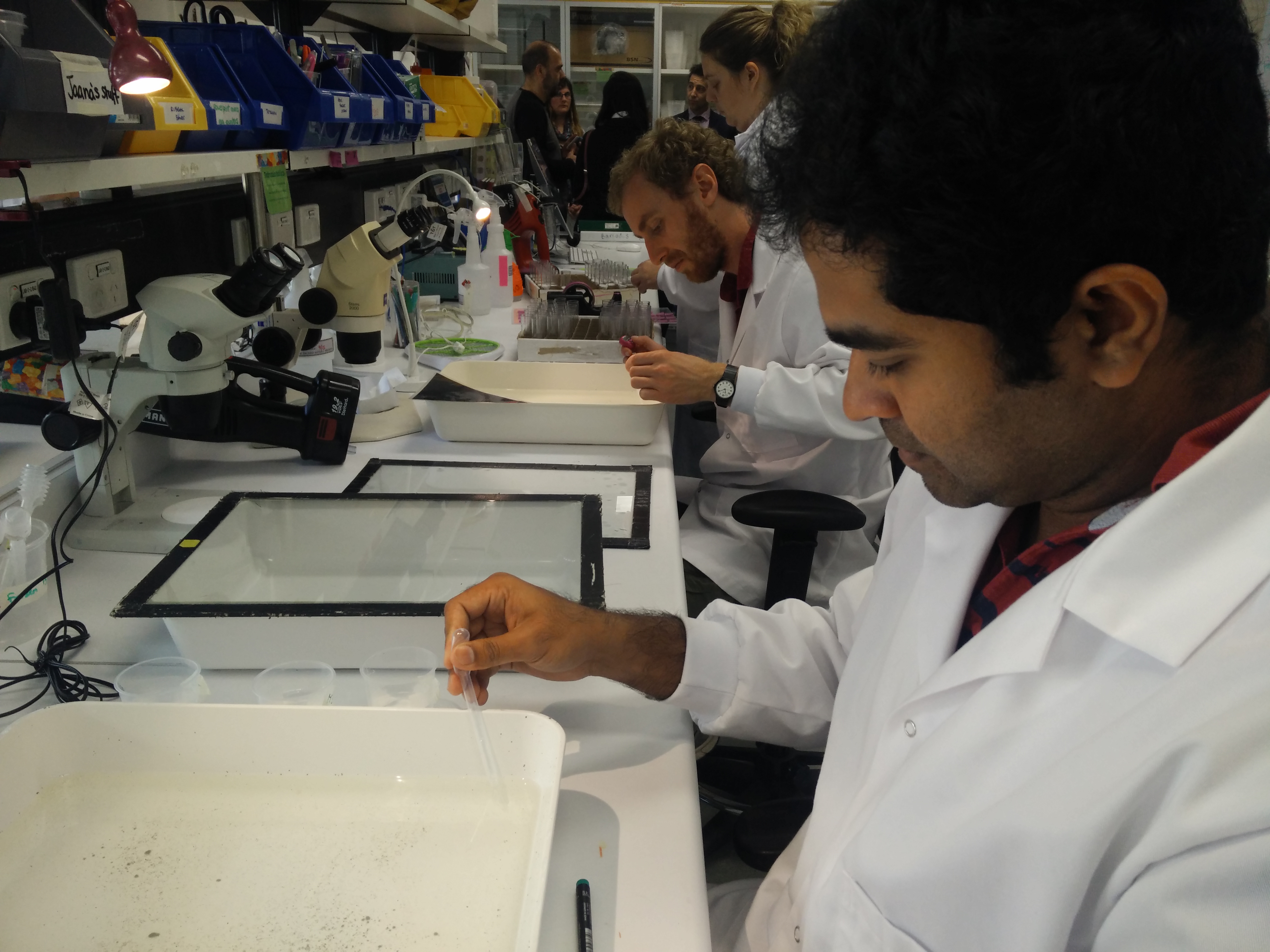A team of Indian astronomers has identified a cosmic behemoth – a supercluster of galaxies – about 4 billion light-years away from us. The new discovery has been named Saraswati – which in Sanskrit literally means ‘ever-flowing stream with many pools’.
The supercluster spans over 650 million light years in its expanse, containing over 10,000 galaxies in 42 clusters. Its total mass equals 20 million billion suns. The team of astronomers was led by Joydeep Bagchi of Inter-University Center for Astronomy and Astrophysics (IUCAA), Pune, which used data from the Sloan Digital Sky Survey.
The discovery is forcing astronomers to rethink about early stages of the evolution of the universe and it provides vital clues about mysterious dark matter and dark energy. The results of the study were published in The Astrophysical Journal on Thursday.
“There are hundreds of superclusters in size range of less than100 million light years, Saraswati supercluster clearly stands out in the sky as an especially rare, and possibly among the mega superclusters exceeding 500 million light years in size”
The megacluster has been named Saraswati - the goddess of knowledge, music and art. Saraswati, in Sanskrit also means ‘ever-flowing stream with many pools.’ “This supercluster located in the constellation of Pisces has many clusters and groups moving and merging like the mythological Saraswati river, which prompted us to give this name,” say the researchers.
“There are hundreds of superclusters in size range of less than100 million light years, Saraswati supercluster clearly stands out in the sky as an especially rare, and possibly among the mega superclusters exceeding 500 million light years in size,” said Somak Raychaudhury, one of the co-authors and the Director of IUCAA, Pune.
“A large-scale structure this massive evolves very slowly, and therefore it may reflect the whole history of galaxy formation and the primordial initial conditions that have seeded it,” said Joydeep Bagchi.
Our Sun is one among billion stars in a vast cosmic structure called Milky Way galaxy. However, Milky Way extending 120,000 light-years across is just a pin-head in cosmic scales. Gravitational interaction between galaxies results in a much larger structure called “galaxy clusters”. Our Milky Way is part of “Local Group”, a cluster containing around 50 galaxies and measures more than 10 million light-years across. Recent surveys have shown even larger cosmological structure, ‘cluster of clusters’, superclusters.
Interestingly, Somak Raychaudhury, co-author of this study, discovered the first massive supercluster of galaxies of this scale during his PhD research at the University of Cambridge in 1989 and named it “Shapley Concentration” after an American astronomer, Harlow Shapley, in recognition of his pioneering survey of galaxies. The supercluster Laniakea – of which our sun, our Milky Way and “Local Group” are a part - consists of about 100,000 galaxies.
Was the Universe built from the ‘bottom up’, with galaxies condensing first, then aggregating into clusters, superclusters and other large-scale cosmic structures? Or did it happen the other way round, with vast gas clouds that fragmented into smaller clouds; each of the smaller clouds then evolving into a galaxy. Which model is correct? Cosmologists are split.
The long-popular “Cold dark matter” model of evolution of Universe predicts that small structures like galaxies form first, which congregate into larger structures. The existence of large structures such as the “Saraswati Supercluster” evolved as early as 10 billion years since the Big Bang is a challenge to this model. The time elapsed since the Big Bang is not adequate for the slow process of gravitational attraction to have created such a large scale structure. “The discovery of these extremely large structures thus forces astronomers into re- thinking popular theories of how the Universe got its current form, starting from a more-or- less uniform distribution of energy after the Big Bang,” says Prof Raychaudhury.
In the large-scale cosmos, gravity is not the only force to reckon with. While the mutual attraction of gravity tries to bind the ordinary and still elusive dark matter together creating lumps like galaxies, clusters and so on, the still unknown dark energy repulsive in nature causes expansion of the Universe to accelerate, hampering the growth of large-scale structures.
“Our work will help to shed light on the perplexing question; how such extreme large scale, prominent matter-density enhancements had formed billions of years in the past when the mysterious Dark Energy had just started to dominate structure formation’’ said Bagchi.
“This paper is unique because it is a direct product of IUCAA’s associateship programme, under which a faculty member of an Indian university or a post-graduate department in a college can visit IUCAA for periods of short and long durations over a span of three years to develop his or her interest and expertise in astronomy and astrophysics” added Prof Raychaudhury.
The research was funded by the University Grants Commission and Indo-French CEFIPRA programme of the Department of Science and Technology (DST). While the lead author Bagchi and co-author Raychaudhury are from IUCAA, other researchers are Dr Prakash Sarkar (National Institute of Technology, Jamshedpur postdoctoral fellow at IUCAA), Shishir Sankhyayan (undergraduate student at Indian Institute of Science Education and Research, Pune), Pratik Dabhade (Research Fellow at IUCAA) and Dr Joe Jacob (Newman College, Thodupuzha, Kerala). (India Science Wire)



